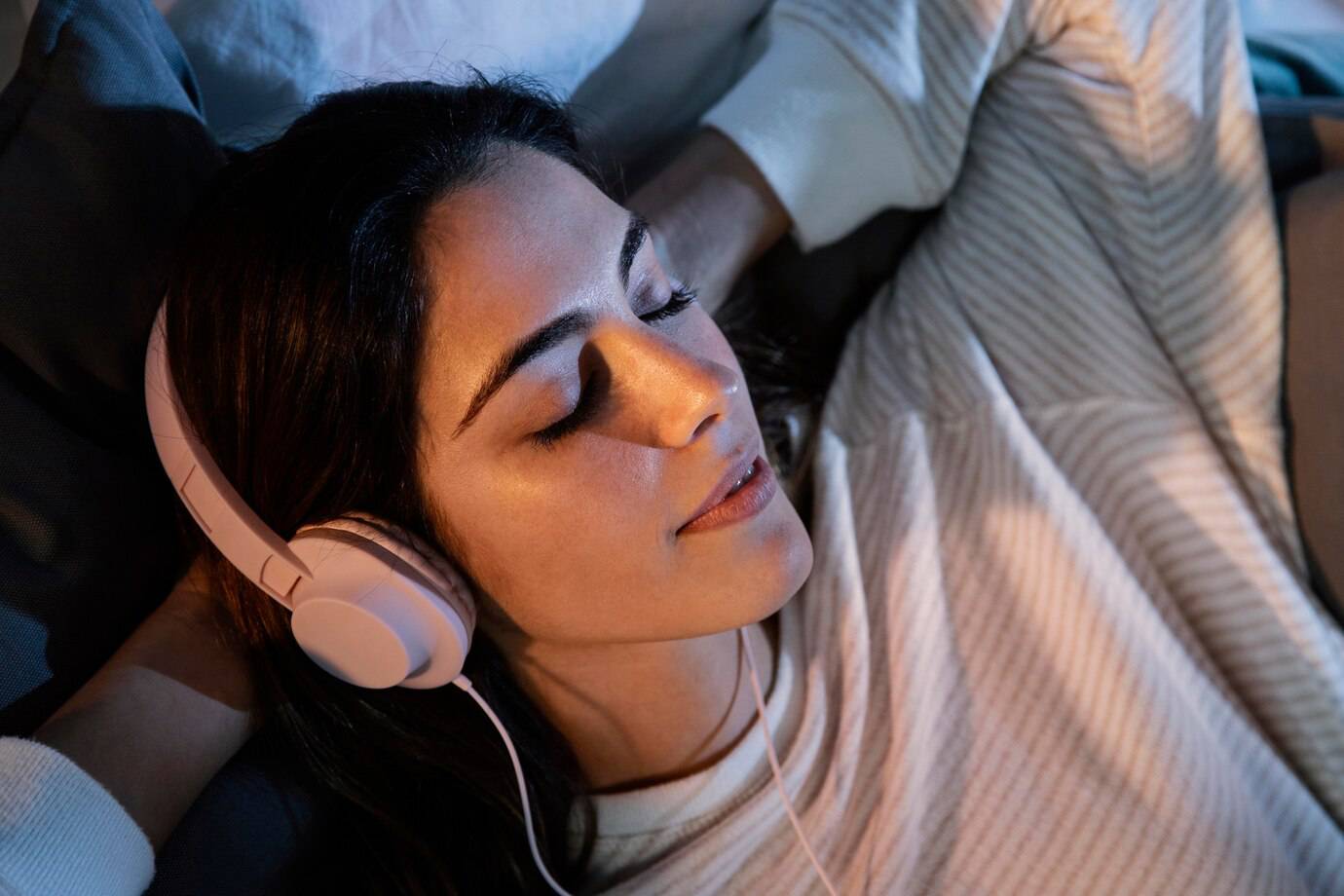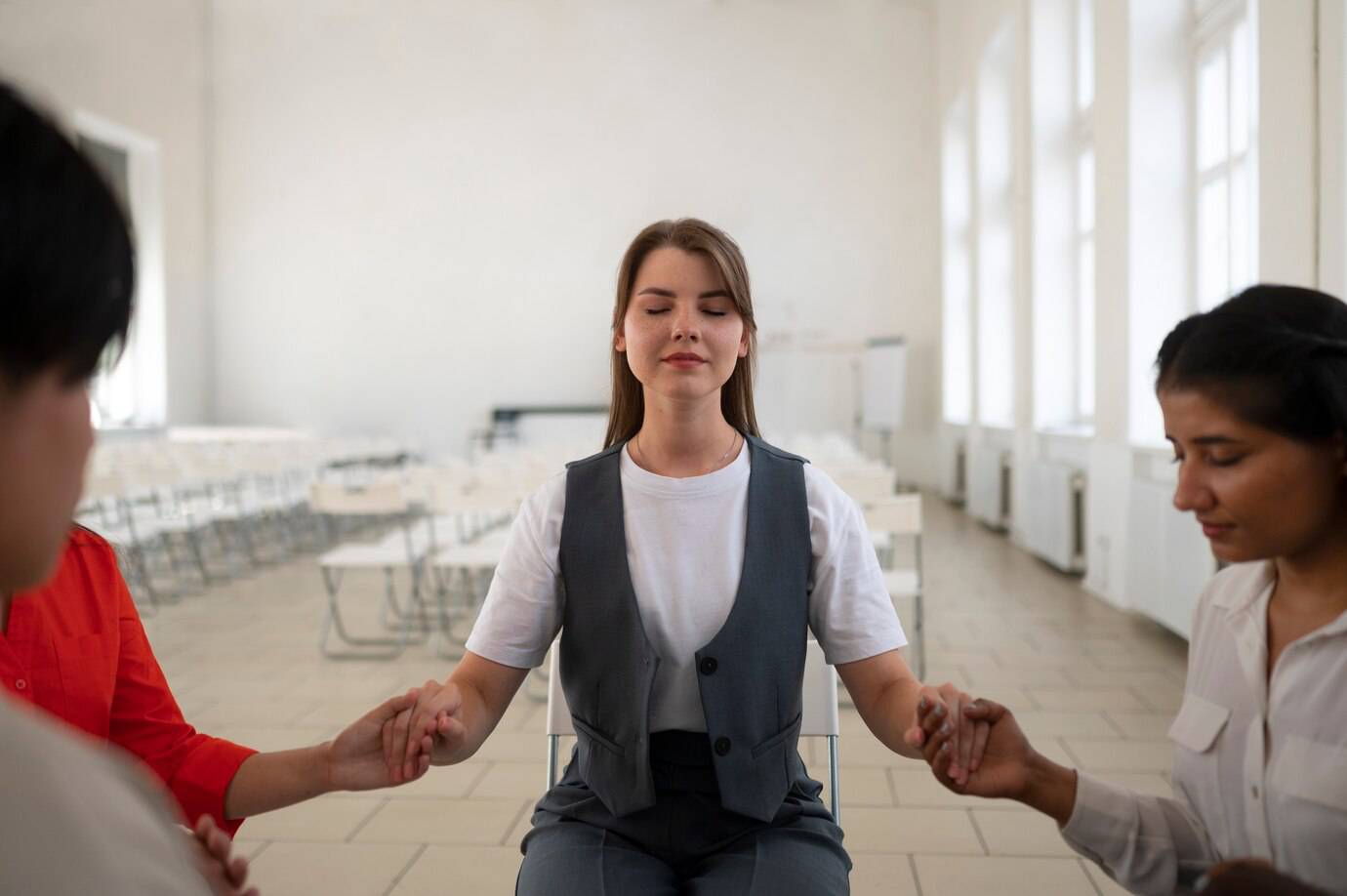
Yoga for Kids: Building Focus and Flexibility
Imagine a room filled with giggles, curious stretches, and tiny toes pointing skyward — welcome to the world of kids’ yoga. Children’s yoga is lively, creative, and very beneficial, unlike the calm adult version. In a world where young people face too much stimulation and not enough exercise, yoga stands out. It is a gentle and strong way to improve focus, increase flexibility, and support overall well-being.
As a parent or educator, you might be seeking natural ways to help children manage emotions, stay active, and develop positive habits. Yoga for kids offers all this — and more. This guide explores the benefits of mindfulness and movement. It shows how to get started and shares fun techniques that make them feel like play for all ages.
Why Yoga Is Great for Kids
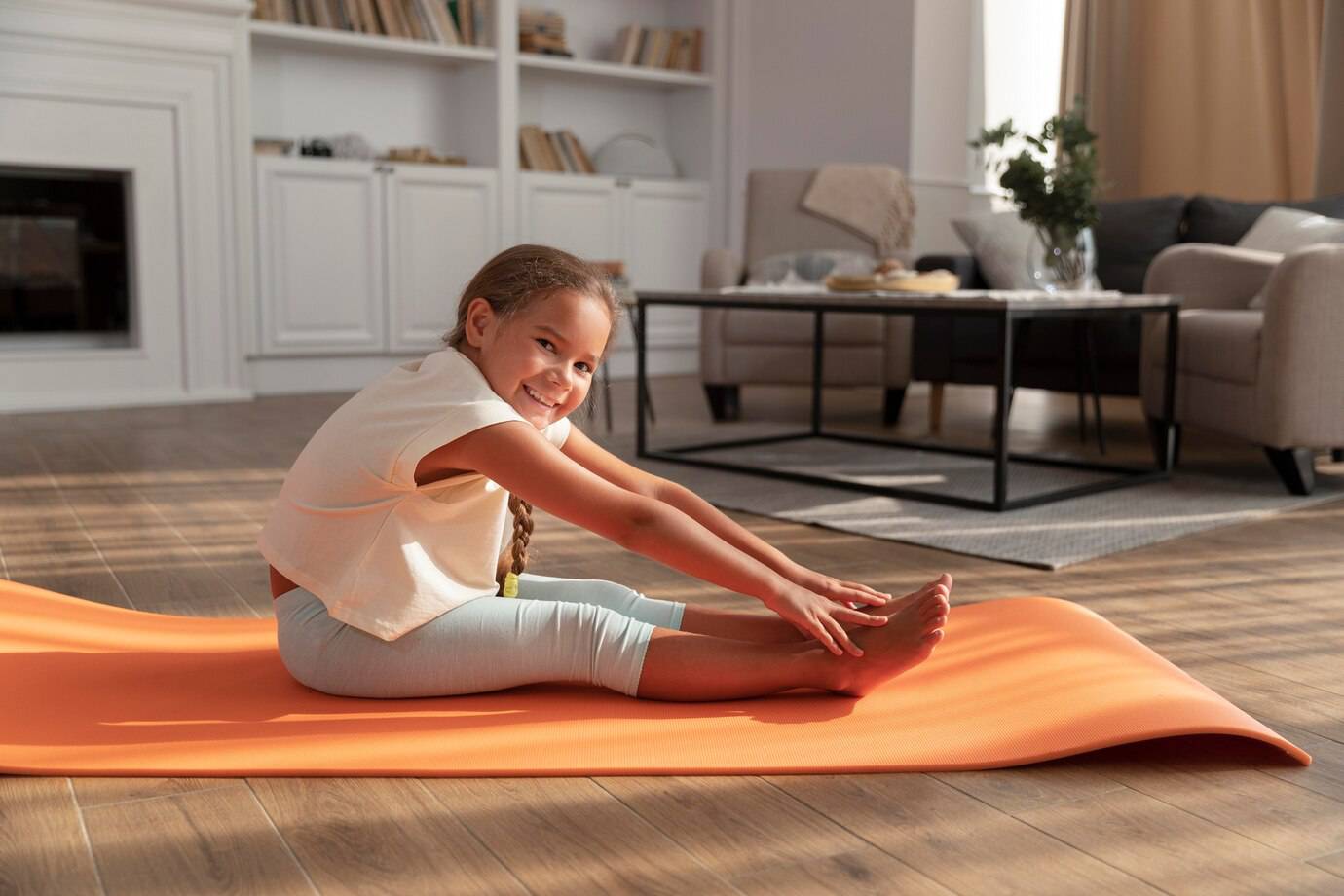
A Holistic Wellness Tool
Yoga supports children’s growth on multiple levels:
- Physical: Improves strength, coordination, flexibility, and balance.
- Mental: Enhances concentration and cognitive function.
- Emotional: Teaches emotional regulation and stress relief.
- Social: Builds confidence and encourages empathy through group sessions.
Science-Backed Benefits
Numerous studies support yoga’s role in child development. A 2021 study in the Journal of Pediatric Health Care found that kids who did yoga often had better self-control and less anxiety. A report in Frontiers in Psychology found that yoga sessions improved academic performance and classroom behaviour.
Key Benefits of Yoga for Kids
1. Improved Focus and Concentration
Yoga poses need stillness and focus. This makes them great for teaching kids mindfulness and being present. Activities like balancing on one leg in Tree Pose can turn into a playful concentration challenge.
2. Enhanced Physical Flexibility and Strength
Through dynamic stretches and poses, children build core strength and muscular flexibility. This is especially important in an age of screen time and sedentary routines.
3. Emotional Regulation and Calming Skills
Breathing exercises (like “bumblebee breath” or “balloon belly”) teach kids how to manage big emotions. These tools become invaluable for self-soothing during tantrums, anxiety, or overstimulation.
Learn more about calming rituals in Introducing Mindfulness to Children: Techniques and Benefits .
4. Boosted Confidence and Self-Esteem
Mastering a new pose fosters a sense of achievement. Kids learn to appreciate what their bodies can do rather than comparing themselves to others.
5. Better Sleep and Relaxation
Evening yoga sequences help kids wind down for bed. Slow movements and guided imagery make a big difference for those who struggle to sleep.
How to Introduce Yoga to Children
Keep It Fun and Imaginative
Forget rigid instructions. Use storytelling to guide them through poses. For instance, go on a jungle adventure — become a cobra, a frog, or a tall giraffe reaching for leaves.
Use Age-Appropriate Techniques
- Toddlers (2–4): Focus on simple poses, nursery rhymes, and animal imitations.
- Young Children (5–8): Introduce sequences with playful themes and basic breathing.
- Tweens (9–12): Encourage flow routines, mindfulness practices, and journaling.
Lead by Example
Kids model what they see. Practice with them. Share how yoga helps you feel better.
Simple Yoga Poses for Kids
1. Tree Pose (Vrksasana)
- Improves balance and focus
- Visual: “Be a strong tree rooted into the ground.”
2. Cat-Cow Stretch (Marjaryasana-Bitilasana)
- Enhances spine flexibility
- Visual: “Arch like a Halloween cat, then moo like a happy cow.”
3. Downward Dog (Adho Mukha Svanasana)
- Strengthens arms and stretches the back
- Visual: “Wag your tail and bark like a puppy!”
4. Butterfly Pose (Baddha Konasana)
- Opens hips and calms the mind
- Visual: “Flap your butterfly wings and fly to your happy place.”
5. Savasana (Rest Pose)
- Encourages deep rest and self-awareness
- Visual: “Pretend you’re a calm starfish on a warm rock.”
Integrating Mindfulness into Yoga Practice
Breathing Techniques for Children
- Bumblebee Breath: Inhale deeply and hum on the exhale.
- Balloon Breath: Inhale and imagine a balloon filling your belly.
- Feather Breath: Blow gently on a feather — real or imaginary.
Mindfulness Games and Tools
- Glitter Jars: Shake and watch as the glitter settles — just like your thoughts.
- Body Scan: Guide them to notice sensations from toes to head.
- Affirmations: Say together, “I am calm. I am strong. I am kind.”
These tools build the emotional vocabulary needed for long-term resilience.
Making Yoga a Part of Daily Life
Set Up a Yoga Corner
Dedicate a quiet space with mats, pillows, and calming colours. Add visual aids like pose cards or a feelings chart.
Practice Regularly, Not Rigidly
Even 5–10 minutes a day can make a difference. Keep it light and pressure-free.
Link Yoga to Other Activities
Combine yoga with:
- Storytime: Act out books with poses
- Art: Draw poses or create a gratitude journal
- Music: Play calming background tunes or rhythm-based instructions
Real-Life Stories: Yoga in Action
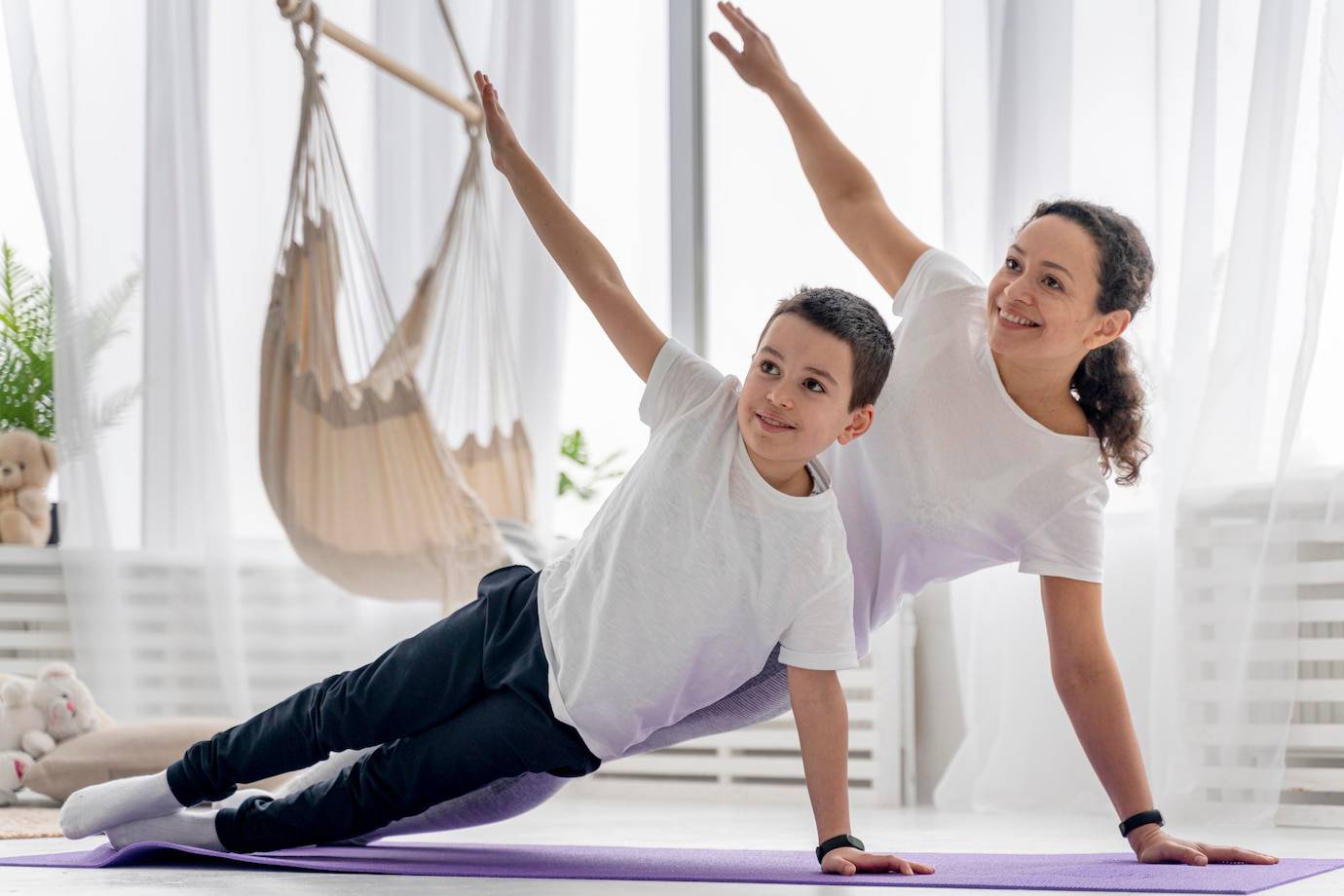
Emma, 7, and Her Morning Routine
Emma started with a YouTube video of kids’ yoga before school. Her mum noticed she was calmer, more focused, and even started reminding her siblings to breathe when they were upset.
Classroom Integration Success
A primary school in Manchester introduced five-minute yoga breaks during lessons. Teachers noticed better attention spans and teamwork, especially in kids with ADHD and anxiety.
Challenges and How to Overcome Them
Resistance to Stillness
Children aren’t naturally inclined to stay still — and that’s okay! Let the practice be dynamic and interactive. Include music, dance, and laughter.
Short Attention Spans
Break sessions into bite-sized moments. Use props, visuals, or pose storybooks.
Lack of Time
Start small — integrate poses into routine activities like waking up, getting ready, or winding down.
Resources and Tools
Recommended Books:
- Yoga Pretzels by Tara Guber & Leah Kalish
- Breathe Like a Bear by Kira Willey
- I Am Yoga by Susan Verde
Apps and Videos:
- Cosmic Kids Yoga (YouTube)
- Stop, Breathe & Think Kids (App)
- Kids Yoga Decks (Pose Cards)
Classes and Community:
Check local studios, libraries, or schools for family-friendly yoga offerings.
Conclusion: A Stronger, Calmer, More Resilient Child
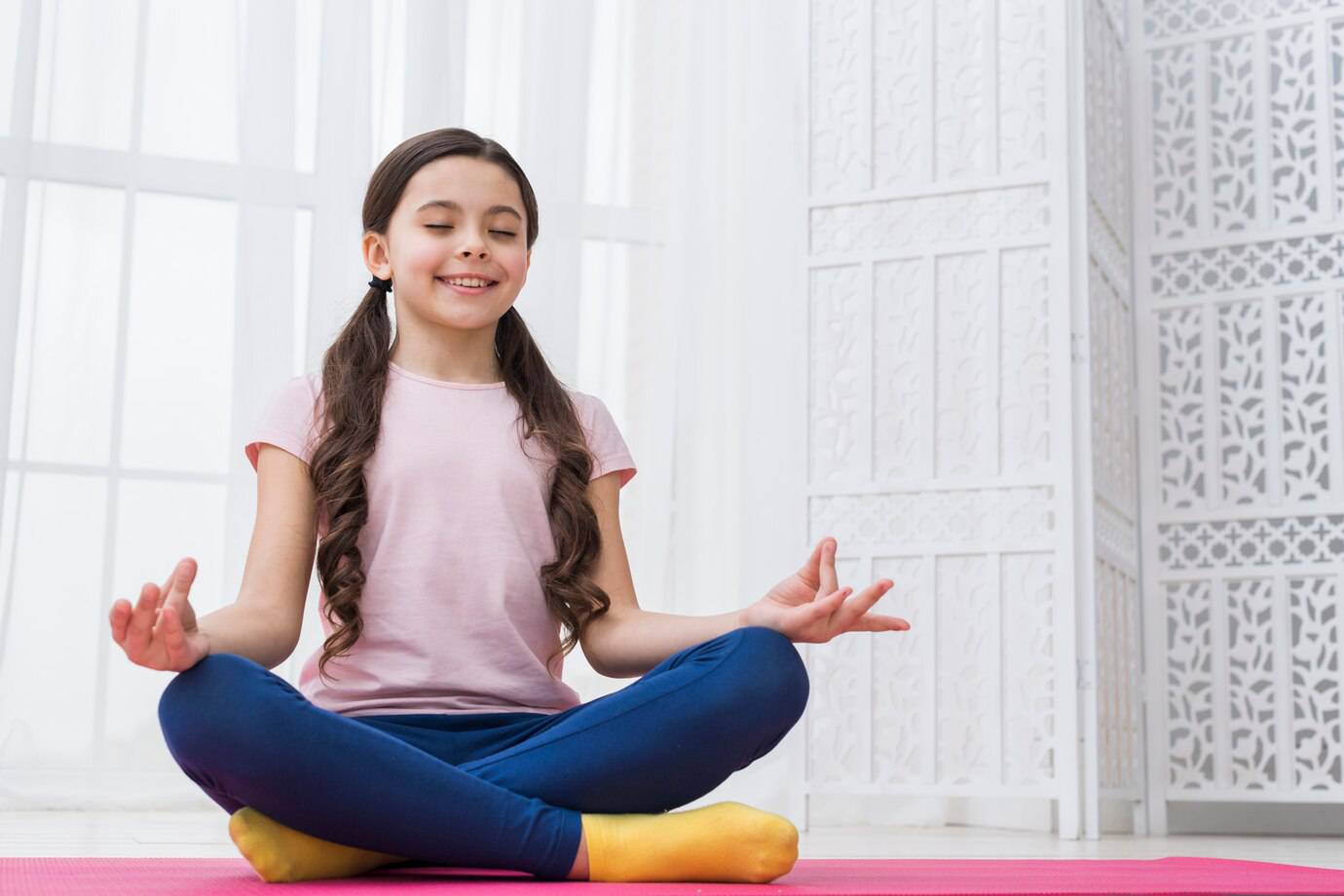
Yoga for kids isn’t about perfect poses — it’s about creating space for self-awareness, movement, and joy. In a world that moves fast, children need anchors. With yoga, they gain the tools to pause, breathe, and respond with calm and confidence.
Integrating yoga into a child’s routine benefits parents, teachers, and caregivers. It helps kids improve focus, become more flexible, and build emotional strength.
So roll out a mat, take a deep breath, and explore the magic of movement together.
If you’ve tried yoga with your child, share your experience in the comments or tag us on social media with your favourite pose! Let’s build a mindful generation, one breath at a time.
Explore natural solutions in Natural Remedies for Common Childhood Ailments .
